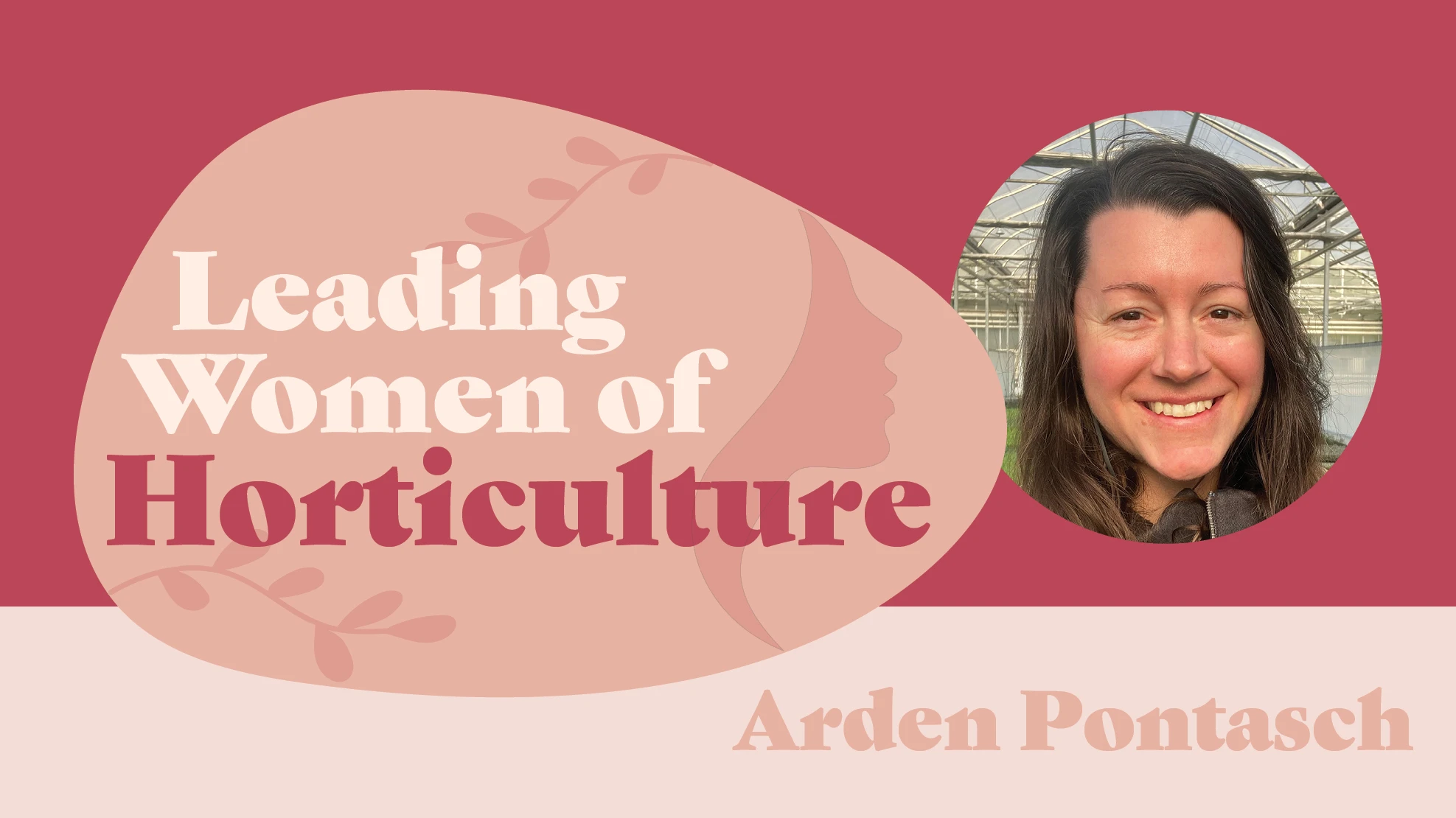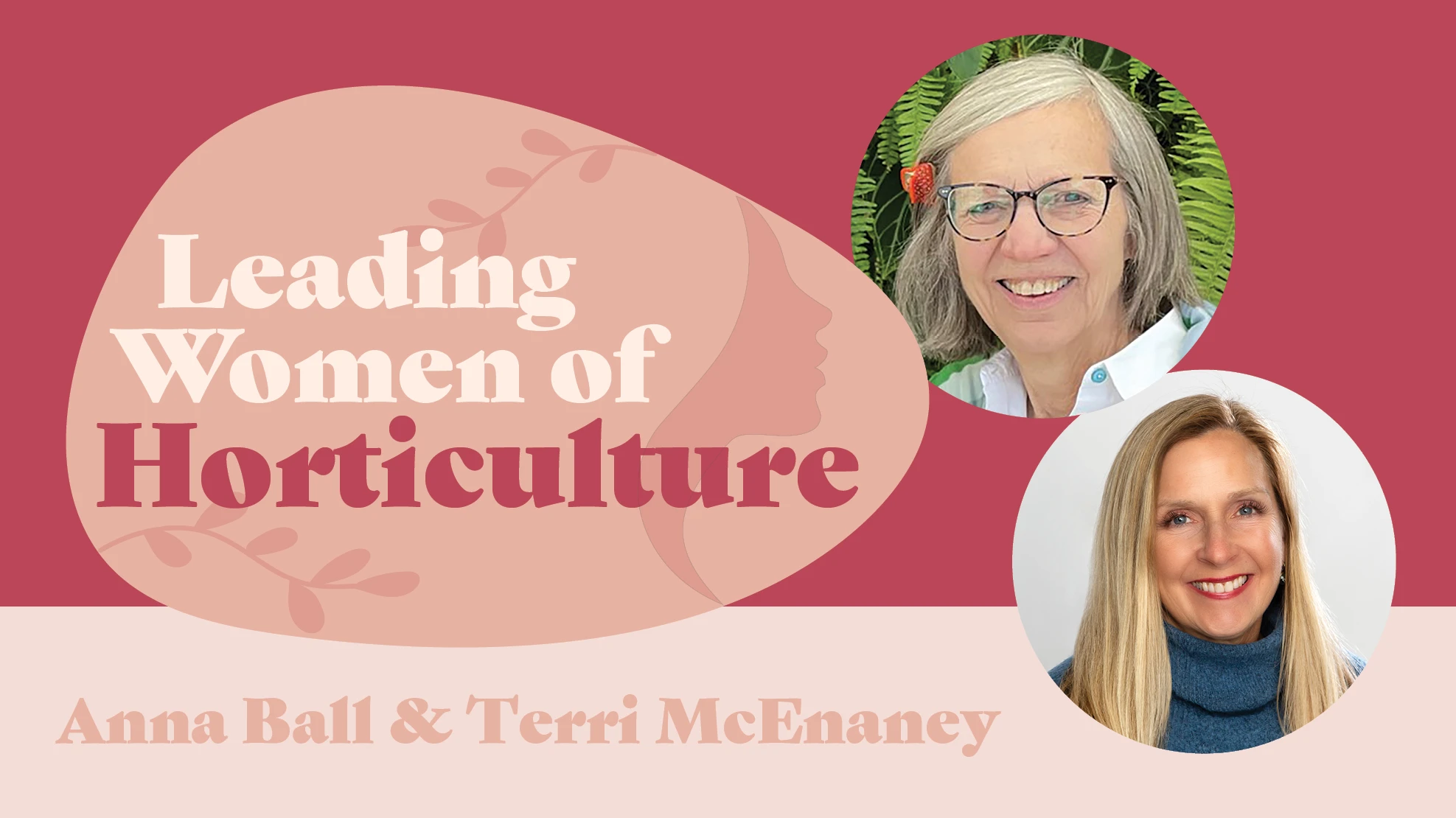
More than a decade ago, retail analysts in the home improvement industry were already sounding the death knell of Do-It-Yourself (DIY). CNN Money christened maturing Baby Boomers as the new Do-It-For-Me (DIFM) generation, as Best Buy launched their DIFM, Bring-It-To-Me Geek Squad and Home Depot set their sights on trade contractors.
But in the nursery and garden center industry, where planting a flower or growing your own organic edibles doesn’t quite compare to a home plumbing job, IGCs are not so quick to declare that DIY is dead. One thing seems certain: Demand for services is growing, and the middle ground between DIY and full-blown DIFM is rife with new opportunities. We checked in with three industry insiders across the county for their take on DIY vs. DIFM.
Jere Stauffer, COO
Stauffers of Kissel Hill, Central Pennsylvania
As a result of growing demand for small DIFM services, Pennsylvania-based Stauffers of Kissel Hill now offers limited landscaping services — something it hasn’t done since closing its landscape division in the early 1990s. “We are definitely seeing increased interest in customers having jobs — or portions of jobs — done for them,” COO Jere Stauffer reports.

The biggest demand has been for small projects that would previously have been DIY. Stauffer feels economic recovery is one force behind the shift. “When the economy was more tight, people felt a greater need to do it themselves,” he says. “I think people are now more free to have someone do it, or to have assistance in doing it.”
The re-entry into DIFM started in 2015 with design and consulting. 2016 brought expansion into installation. “We haven’t opened up to the full-service landscaping we had in the ’80s, but we say, ‘We can help you design and help do some of the work for you,’” Stauffer says. “It’s exceeded our expectations this year. We see continued growth for the division.”
The key trend at work is Do-Some-Of-It-For-Me. “We think a very small percentage of the marketplace are really avid gardeners with a tremendous amount of knowledge,” Stauffer says. “Ten to 15 percent are good gardeners, with a good sense of what to do. The other 80 percent or so are people who just want stuff for the yard. Many are comfortable with a 2-, 3- or 5-gallon pot, but when it comes to a large fountain or a large tree, they want it done [for them].”
Stauffer also points to a trend that may transcend the acronyms. “Millennials are embracing gardening. Whether it’s the desire for nature or healthy food and growing their own vegetables, they’re into the outdoors and the beautification of it,” he says. As to whether that’s DIY or DIFM, Stauffer stays focused on the bigger picture. “I think it’s hard to paint with that broad a brush for a generation of more than 70 million. The vast majority enjoys gardening in some way. They’re willing and interested.”


Suzy Hancock, General Manager
Portland Nursery, Portland, Oregon
Since 2007, customers at Oregon-based Portland Nursery have taken inspiration from the IGC’s “Container of the Month” display and program. Customers can buy ready-made versions of the featured design, have Portland staff handle potting for them, or take the detailed design instructions and do it themselves at home or in the store.

General manager Suzy Hancock sees a combination of DIY and DIFM at work, with DIY still trending strong. “In the very beginning, more people wanted it ready to go, but now more people want it customized,” she says. “They want to make the design their own — but they still want the potting service.”

Letting Portland Nursery staff provide the design helps build confidence and ensure success for customers without DIY skills. “It always amazes me how many first timers new to gardening we see each year,” Hancock says. Experienced gardeners look at the design as a starting point, but beginning gardeners need more DIFM.
“I think that Baby Boomers were taught and had skills passed on by their parents and grandparents, but they were too busy doing it themselves that they didn’t necessarily do that with their kids,” Hancock adds. “Millennials don’t have that basic background, and they want something more inclusive.” However, she notes that younger consumers still want involvement and understanding, even when someone else does the work.
Hancock sees other shifts that may impact DIY vs. DIFM as well. “It’s kind of interesting. I see more and more stay-at-home parents — and it’s not always the mother — with lots of parents working from home. Gardening is becoming a learning activity,” she says. As Millennials have children of their own, Hancock sees a tremendous opportunity for IGCs to provide services to this youngest generation by delivering the gardening education their parents didn’t get. “That’s our job,” Hancock says.

Dave Wehmeyer, Landscape Design Supervisor
Hillermann Nursery & Florist, Washington, Missouri
With a service-based model that aims to fulfill every reasonable customer request, the landscape division at Missouri-based Hillermann Nursery & Florist has become the IGC’s leading division, offering everything from design and installation to lawn maintenance, irrigation, lighting and snow removal. Landscape Design Supervisor Dave Wehmeyer reports that the biggest growth has come from large DIFM projects.

“We’re seeing a lot more DIFM work,” Wehmeyer says. “People want it done and don’t have the time or don’t want to spend their time doing it.” The trend applies across generations, and Wehmeyer doesn’t feel that affluence or age drives it. He points to young couples who would rather just pay and have the job done so they can enjoy it. “Ten years ago, we never would have heard that from a new couple,” he says. But the DIFM trend doesn’t stop there. Retired Baby Boomers are saying the same thing.
Wehmeyer believes people are more focused on enjoyment and relaxation and gardening as a lifestyle, rather than a DIY hobby. “The people I’m seeing are landscaping for enjoyment. They just want to ‘piddle’ around in their yard — I hear that word a lot. They maybe want a few herbs, but not big gardens they’ll have to weed and maintain. They want something they can just relax in and enjoy.”
Wehmeyer views DIFM services as more than a DIY tradeoff. “It’s very important to be there for people. They are willing to pay for a service to be successful. It’s not about money; it’s about results,” he says. “We can offer services the box stores can’t, whether that’s helping them get started, installing plants or maintaining them. We can make sure that first step is successful, and then be there for them later on.”

Explore the November 2016 Issue
Check out more from this issue and find your next story to read.
Latest from Garden Center
- Meet the Next Gen: Gabriella Blair, Star Roses and Plants
- Leading Women of Horticulture: Katie Dubow, Garden Media Group, and Aubry Field, Lizzy Blossom
- Boxed in: 2025 Axiom Gardening Outlook Study explores big box vs IGCs
- Rhododendron renaissance: Holden Forests & Gardens using research to improve commercial plants
- Showing up at your horticulture business as your whole self
- Ask HR: We got a bad review after an employee having a bad day snapped at a customer. What do I do?
- University of Florida researchers are securing the future of floral fragrance using caladium
- Leading women of Greenhouse Management





